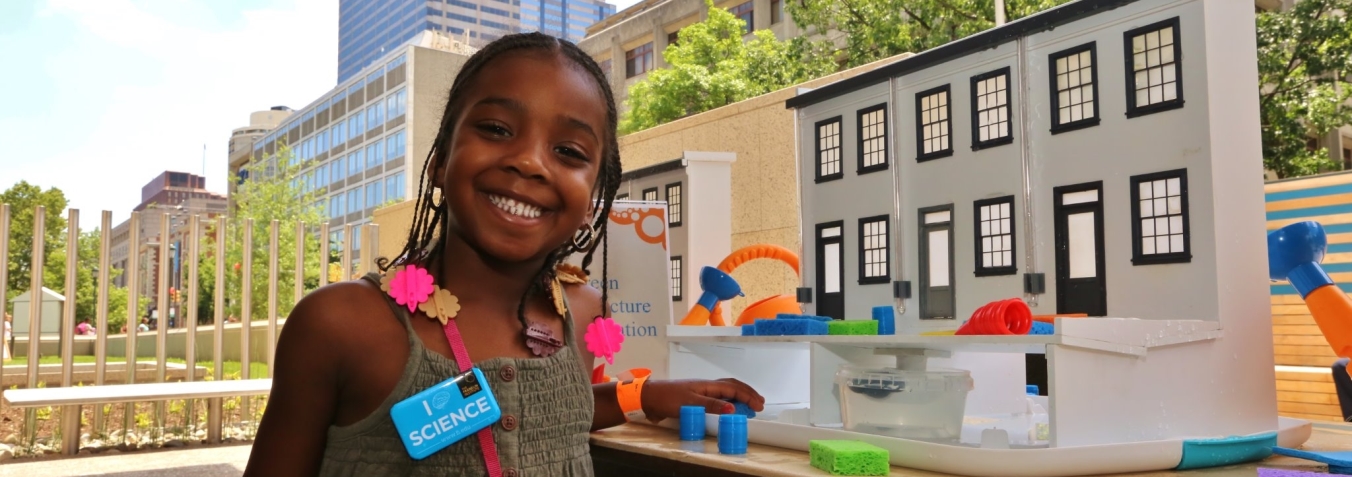
Climate change can be a pretty scary and depressing topic, and that makes a lot of us just want to tune it out. Social psychologists have been studying this for a while now, and have some interesting ideas.
1) Future discounting. Humans are pretty bad at long-term planning. Economists, dieticians, and anyone who’s tried to get their dads to quit smoking can tell you that. Climate change moves slowly, and while impacts are being felt here and now, people still perceive it as distant in time and space.
2) Motivated reasoning. We’d like to think we’re rational creatures, weighing evidence and making decisions based on facts, but we’re not. Humans are highly emotional, social beings that seek out information that confirms what they already believe.
3) Emotional numbing. People have been hit over the head multiple times with images of polar bears on melting ice sheets, or the earth on fire. These scary visuals are emotionally jarring, and tend to disengage people from the issue. It’s a lot to take in. So we just tune out.
So how can we effectively engage people in the biggest challenge of our time? Well, knowing is half the battle. Climate & Urban Systems Partnership (CUSP) has been using what we have learned from social psychology to create climate change education programs that counteract some of those more negative reactions.
CUSP is a network of climate scientists, learning scientists, informal educators, and community organizations in four cities in the U.S. Northeast. CUSP develops and delivers programming both in museums and in the community that focus on local climate risks and educates about tangible solutions people can get involved in at the community level. CUSP is currently active in New York City, Philadelphia, Pittsburgh, and Washington, D.C., and is led by the Franklin Institute in Philadelphia.
Community programs range from short tabletop interactions at festivals, to eight-week programs at senior centers or afterschool centers, to educational workshops at community meetings. For example, in one tabletop activity, participants learn that climate change can lead to increased heavy downpours. They are then challenged to re-engineer their neighborhoods to absorb more water, using sponges to represent green infrastructure. A recent evaluation suggests that this approach not only teaches people about potential climate change impacts and responses but also leads to an increase in conversations about climate change at home. We are continuing to test the idea that engaging in a locally framed and solution-focused activity that promotes hope and empowerment will lead participants to want to learn more about the issue as a whole.
Similarly, the CUSP Map, currently active in New York City and Pittsburgh, allows visitors to make connections between their daily lives and climate impacts. The map, which is used in conjunction with other CUSP programs and products, pairs hard data with local narrative information, creating a local picture of climate impacts and solutions that values the public’s experiences and observations. For example, map users might explore a dataset about precipitation projections or floodplain changes in conjunction with a dataset that shows the location of subway lines, helping them make the connection between a projection (increased heavy downpours and flooding) and an impact (a delayed subway commute).
Our approach of keeping climate information local, relevant and solutions-focused is in line with the latest learning research and science communication research. Ultimately, we want to give hope and empower people and organizations to work beyond personal choices to make an impact on a community and city level. Collectively, we can reduce further damage to the climate and prepare for those changes that are already underway.



